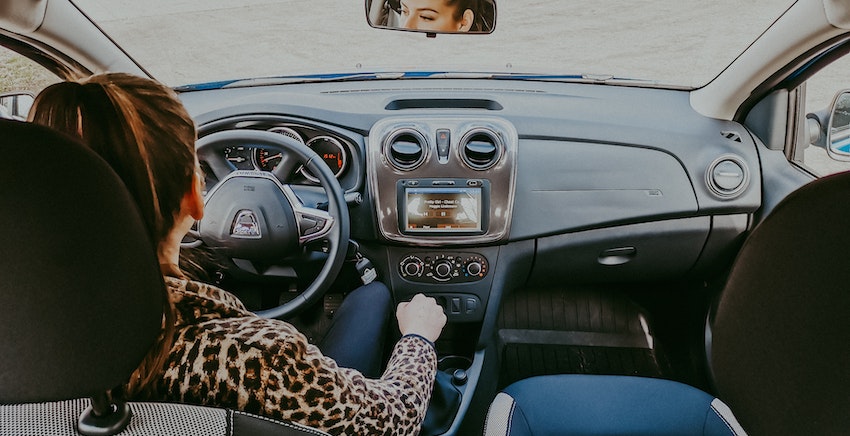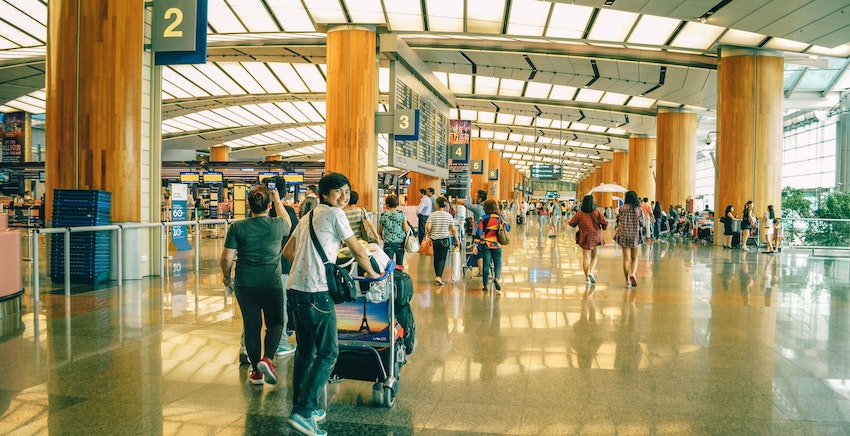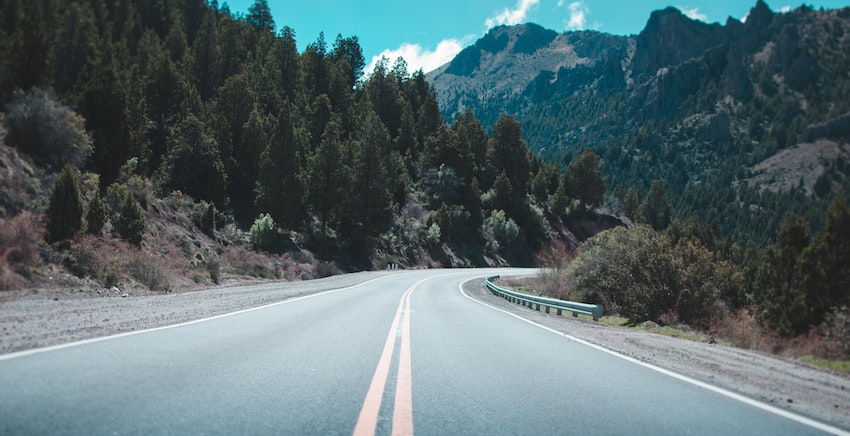
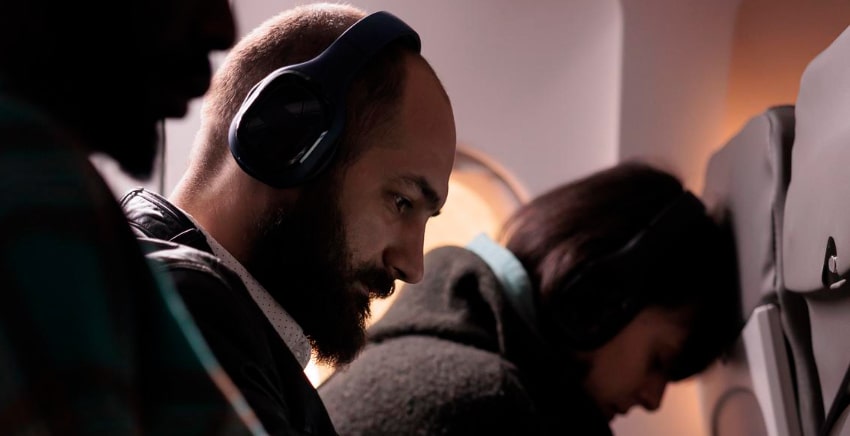
How to Sleep During Long Rides/Flights
A plane is hardly a comfortable place to sleep, now let us face it. Sleeping in the air is difficult due to the cramped quarters and continual noise (unless you’re traveling in first class or possess the ability to fall asleep any place).
Sleep deprivation might result in weariness and jet lag whenever you arrive at your destination. But it doesn’t have to operate this way all the time. Getting past these restrictions can improve your chances of getting a good night’s sleep when traveling.
Nothing is worse than boarding a lengthy international flight throughout the ocean only to spend the entire ride wide awake. Even though it can be challenging to sleep on airplanes, there are certain things you can do to lessen the discomfort.
1. Maintain the appropriate temperature.
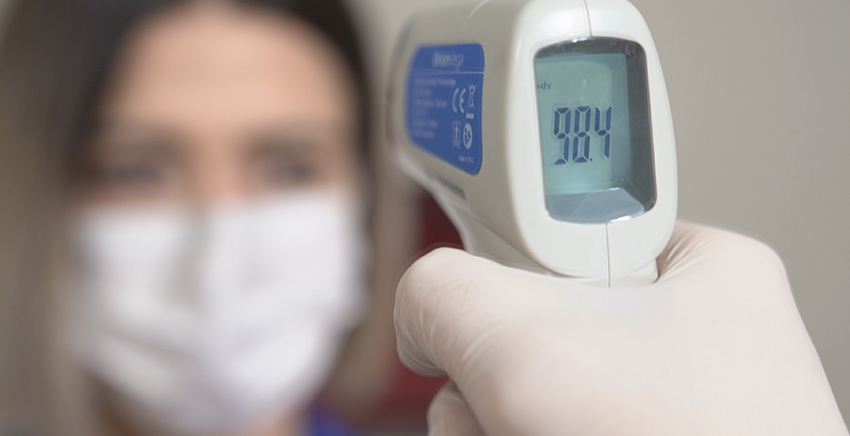
According to science, the ideal sleeping temperature is somewhere between 60 and 67 degrees Fahrenheit. While cabin temperatures are typically maintained between 71 and 75 degrees, they can change depending on where you are in the cabin as well as during takeoff, flying, and landing. 60% of aircraft encounter 50-degree temperature changes, according to research. Wear thin, breathable layers that you can take off to avoid overheating and to keep you from feeling cold as the plane cools.
2. Wear socks for bed.
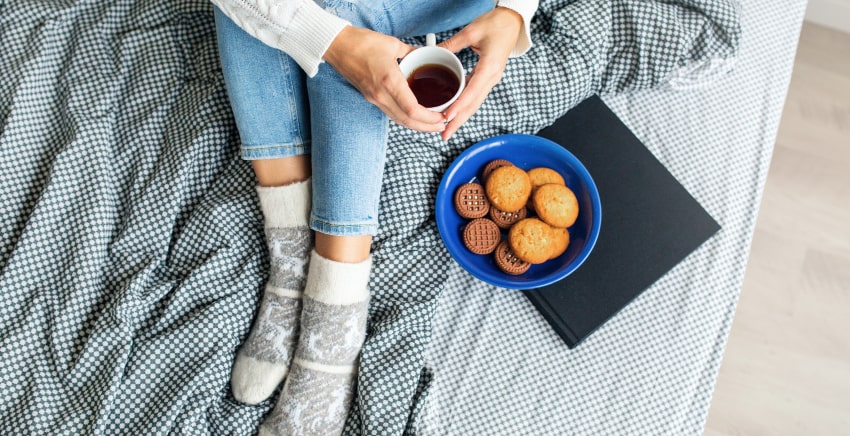
You might also want to remove your shoes and put on some bed or travel socks in addition to a blanket. According to a study published in the Journal of Physiological Anthropology, wearing socks that warm the feet increased participants’ sleep duration by 32 minutes and efficiency by 7.6%.
3. Shut off all of your devices.
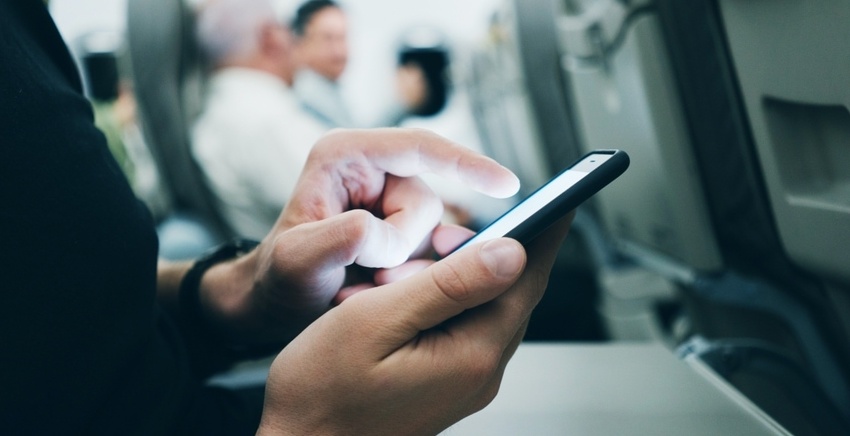
The truth is that you must break off your phones, tablets, and other mobile gadgets if you want to get some shut-eye. According to a study, blue light from phone displays alters your circadian rhythms and inhibits melatonin, the hormone in charge of controlling your sleep-wake cycles.
4. Put on an eye mask to block off the light.
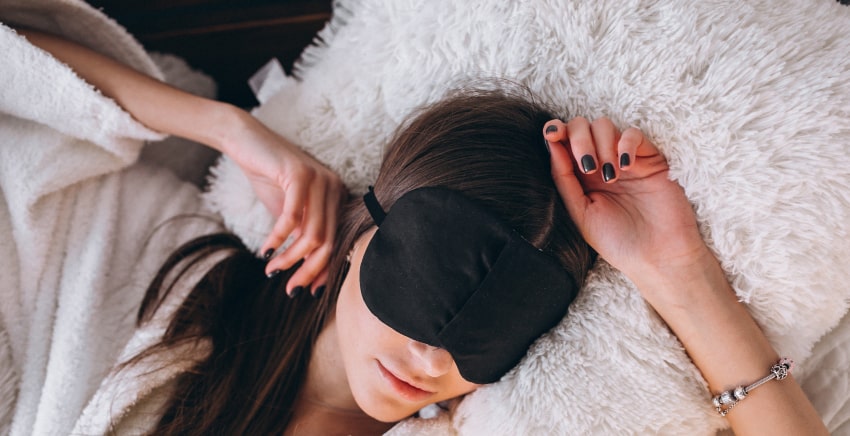
Moreover, natural light can keep you up at night. According to research, exposure to room light reduced the duration of melatonin by roughly 90 minutes. Use a mask to filter out light and dim the lights to the greatest extent.
5. Take a pink noise break.
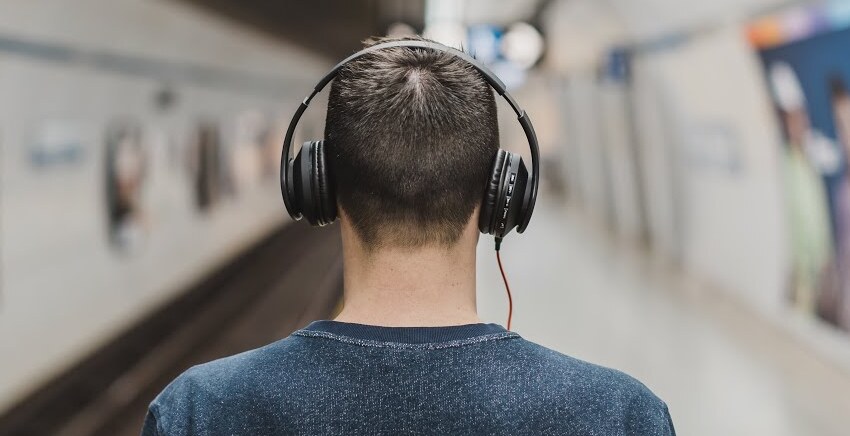
You might wish to think about pink noise as an alternative to your preferred playlist. Pink noise has a lower strength as the frequency rises than white noise, which plays equally at all frequencies. Consider the sounds of rustling leaves, steady rain, and ocean waves. According to the study, listening to pink noise reduced participants’ time to fall asleep by 38%.
6. Use earplugs or headphones with noise cancellation.
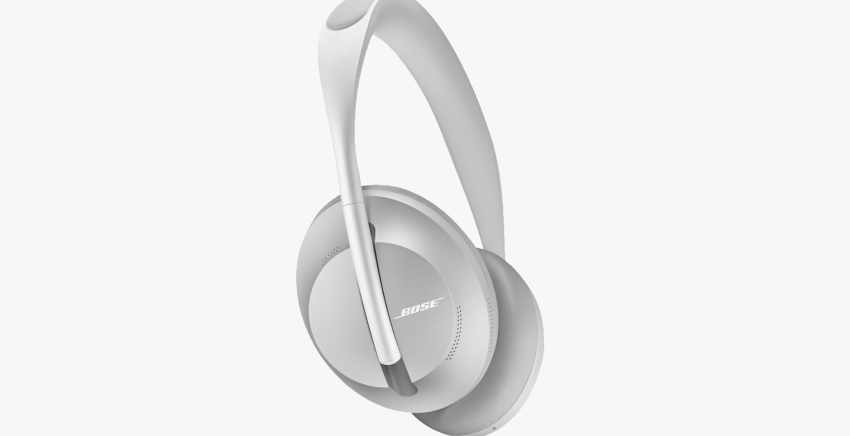
Although you may not realize it, airplane noise is rather loud. An operating hoover would be 85 dB louder than a cruising airliner. According to a study, people who live close to airports have trouble sleeping because of airplane noise. It makes sense why it’s challenging to sleep on an aircraft! Earplugs or noise-canceling headphones can assist reduce background noise.
7. Use footrests and uncross your legs.
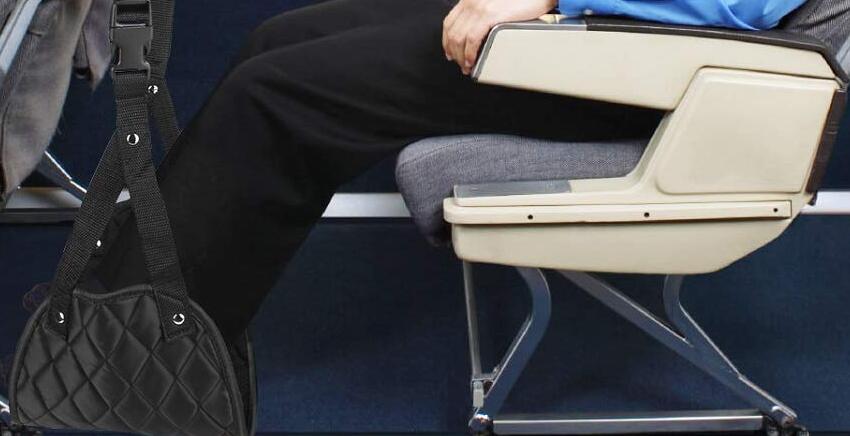
You put pressure on one side of your body when you cross both legs. By the Centers for Disease Control and Prevention, crossing your legs on a long trip might limit blood flow and raise your risk of a blood clot even if it may help you become more comfortable. Instead, maintain a tiny bend in your knees and keep both of your legs straight. Another piece of advice is to keep bags and personal objects out of the space under the seat so you can stretch and get the blood flowing in your feet. A footrest might give further stability.
8. With appropriate support, sag backward

Your choices for reclining your seat might well be limited if you’re traveling economy. The safest sleeping position, according to experts, is to lean back at an angle of 135 degrees. This reduces strain on the body and lowers the risk of blood clots. You should recline your seat by 40 degrees but try not to lean your seat back.
Take the armrests seriously. Armrests can reduce back pressure, which frequently interferes with sleep, according to research. To support your upper body and relieve some of the strain on your back, rest your forearms on top of the rests.
9. Increase the lower seat back with a pillow.
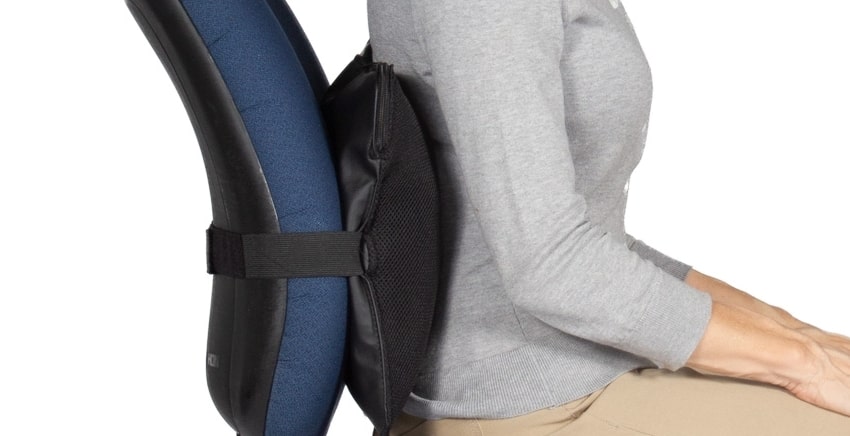
In actuality, sleeping on our backs is not how our bodies are built. Even at the office, sitting erect puts strain on our bodies. To maintain your spine’s natural S-curve, drape a small pillow, rolled-up blanket, or jacket across the lower seatback. Proper lumbar support, according to sleep experts, can enhance comfort and lessen back pain on lengthy flights.
10. Take a neck pillow with you

The fact that our heads aren’t adequately supported is a major factor in why we can’t sleep on airplanes. We acknowledge that neck pillows appear a little odd. Yet, a study discovered that the least amount of head movement, which reduced pain while sleeping, came from a U-shaped cushion that is wrapped all around the head and supports the chin.
11. Steer clear of coffee and alcohol.
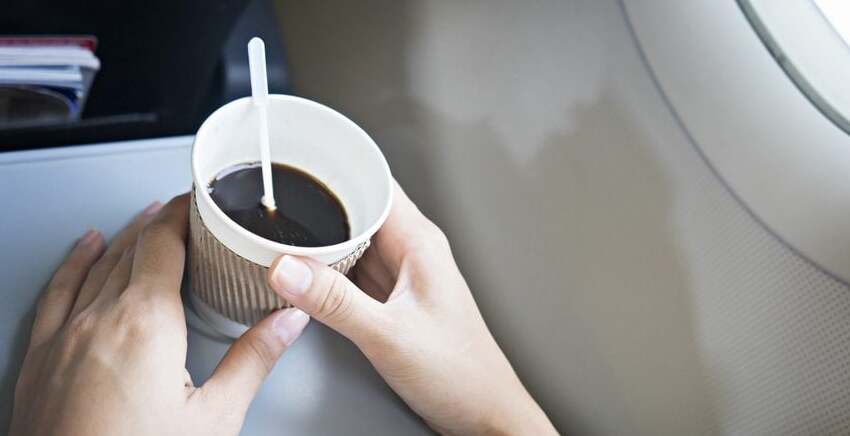
Not the alcohol! Regrettably, drinking won’t help you sleep on an airplane. Studies have shown that alcohol can cause more awakenings, poorer sleep quality, and less deep sleep even while it can initially make you fall asleep. Also, the unpleasant jet lag will be exacerbated when you wake up feeling lethargic and dehydrated.
Caffeine should be avoided by coffee lovers as well. Caffeine can stay in your system for up to 14 hours, slowing down your circadian rhythm and keeping you from obtaining the rest you require.
12. Attempt aromatherapy with lavender.

Want to avoid taking sleeping pills? Instead, try inhaling some lavender. Lavender improved participants’ slow-wave sleep, according to short research. You need slow-wave sleep on a plane because it causes the muscles to relax and the heartbeat to slow down.
13. Snack on foods strong in potassium.

Good night’s rest! Notwithstanding the advice to steer clear of heavy foods, research published in the International Journal of Tryptophan Research demonstrates that bananas’ magnesium and potassium content can help control blood pressure and promote restful sleep.
14. Remain hydrated and humid.

While the EPA advises keeping your home’s humidity between 30 and 50 percent, airline cabins typically have far less than 20 percent humidity. According to research, these arid circumstances might dry out your nasal passages, therefore, causing you to struggle to get a good night’s sleep.
The National Institutes of Health advise using a humidifier to relieve nasal congestion. Naturally, it wouldn’t make sense to carry one along, so your options are to either use nose drops to maintain your nasal passages clear or breathe in steam from a cup of hot tea, water, or coffee. To battle the dry air, experts also advise drinking 8 ounces of water for every hour you are in the air.
15. Engage in regular mindfulness exercises.
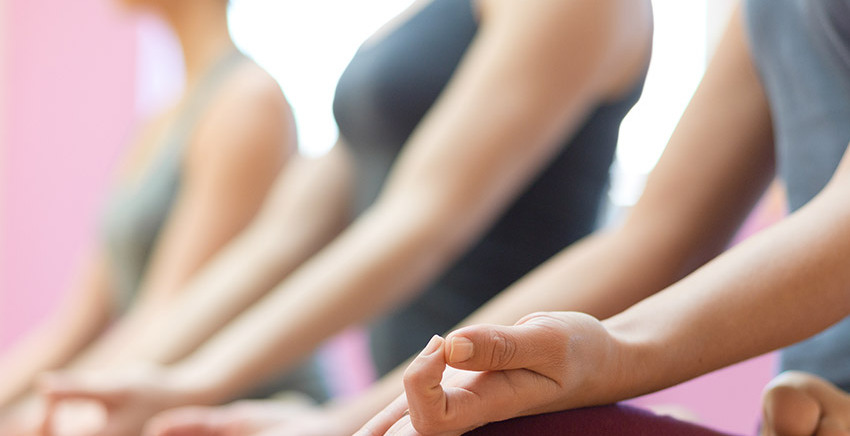
We frequently forget to relax while we’re under the stress of traveling. The practice of mindfulness meditation, which focuses on deep breathing and being aware of what is happening now, is one technique to reduce stress. Those who practice mindfulness breathing have reduced sleeplessness, less weariness, and better sleep overall.


